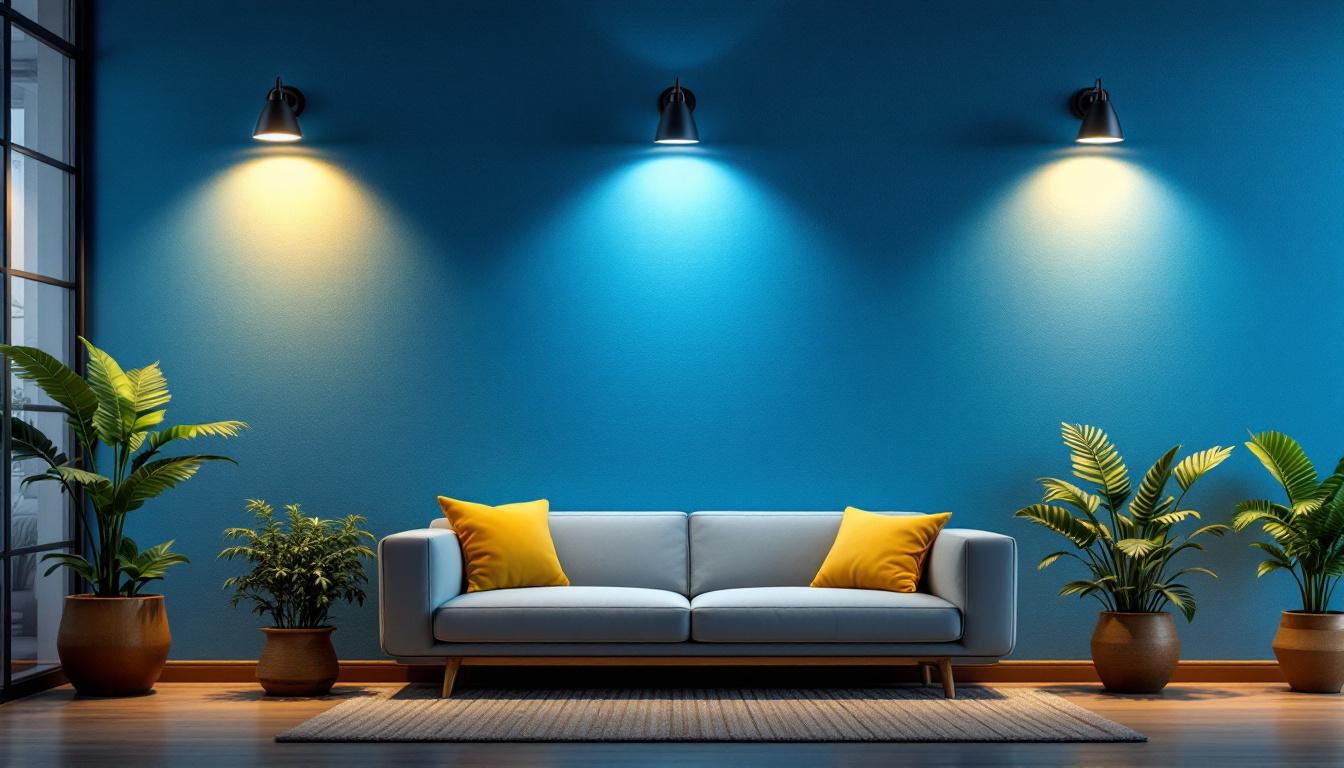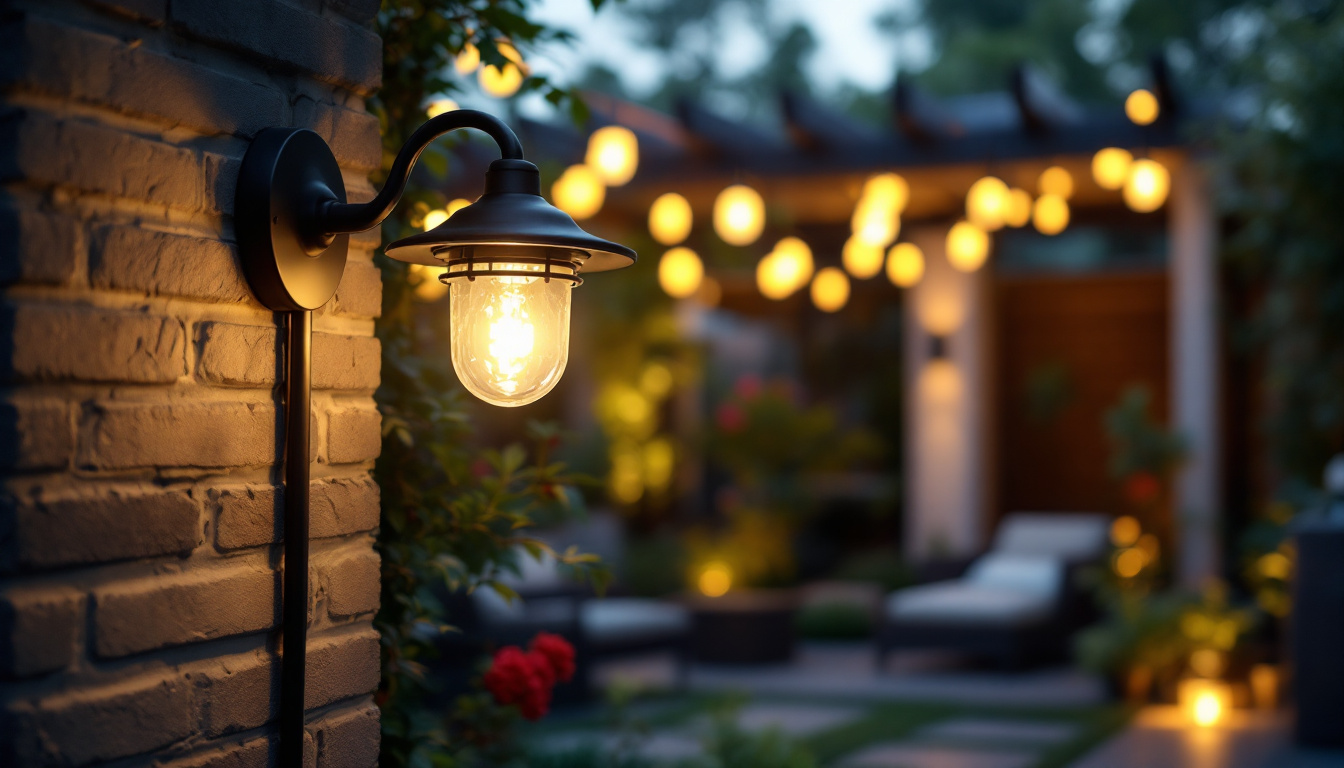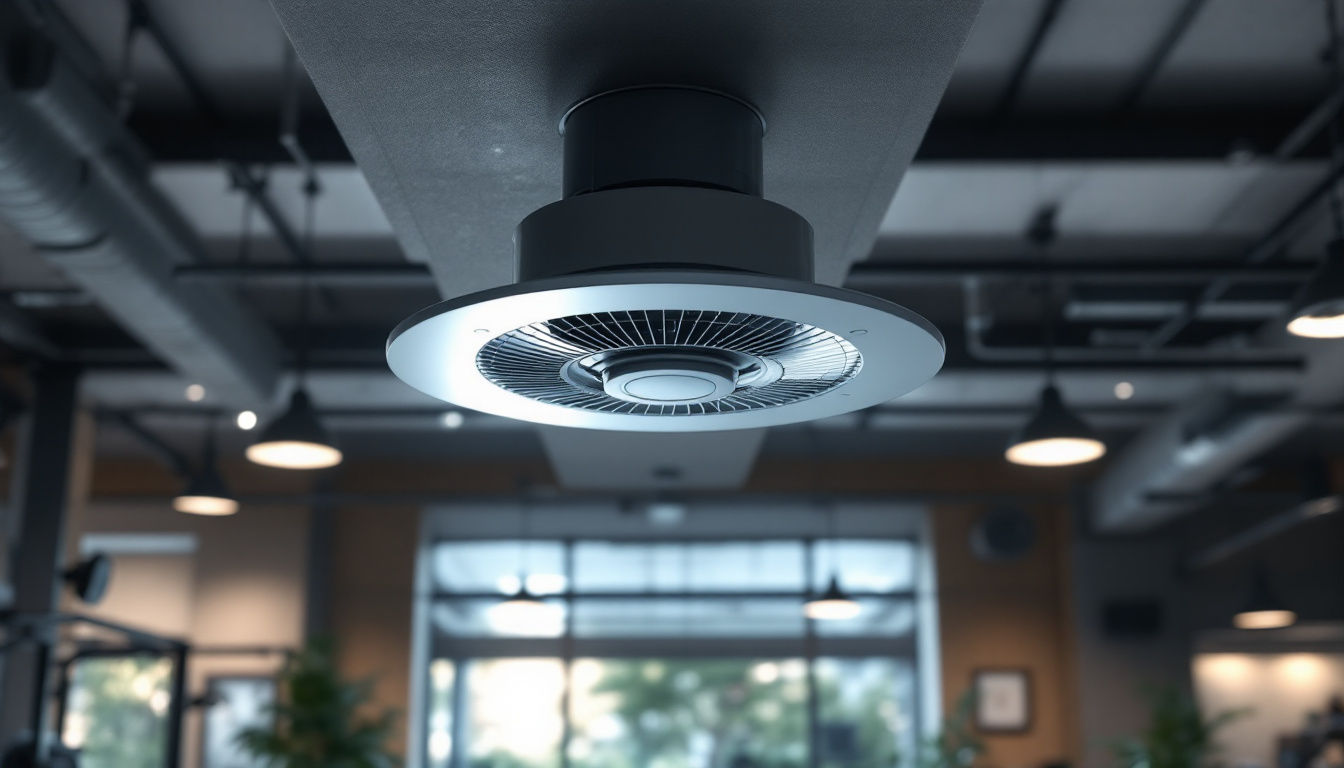
In the evolving landscape of lighting design, wall-mounted LED lights have emerged as a versatile and efficient solution for both residential and commercial applications. As lighting contractors navigate this trend, understanding the best strategies for installation, design, and energy efficiency becomes crucial. This article explores the top strategies that lighting contractors can employ to maximize the benefits of wall-mounted LED lights.
Wall-mounted LED lights are fixtures that are affixed directly to a wall, providing illumination while saving space. They come in various styles, sizes, and functionalities, making them suitable for diverse environments. From accent lighting in homes to functional lighting in offices, these fixtures can enhance aesthetics and improve usability. Their versatility allows homeowners and designers to experiment with different placements and configurations, ensuring that each space is both visually appealing and practically illuminated.
There are several types of wall-mounted LED lights available on the market, each serving unique purposes. Sconces are popular for their decorative appeal, often used to highlight artwork or architectural features. In contrast, wall washers provide broad illumination, ideal for illuminating larger areas. Additionally, task lights are designed for specific functions, such as reading or working, making them essential in both residential and commercial settings. Some wall-mounted fixtures even incorporate smart technology, allowing users to control brightness and color temperature through mobile apps or voice commands, adding a layer of convenience and modernity to traditional lighting solutions.
Understanding the differences between these types allows contractors to recommend the most suitable options for their clients, ensuring that the lighting meets both aesthetic and functional needs. For instance, a well-placed sconce can create a warm, inviting atmosphere in a hallway, while a task light can enhance productivity in a home office by providing focused illumination where it’s needed most. This thoughtful approach to lighting design not only elevates the overall look of a space but also contributes to the well-being and comfort of its occupants.
LED technology offers numerous advantages over traditional lighting solutions. One of the most significant benefits is energy efficiency. LEDs consume significantly less power, which can lead to substantial savings on electricity bills over time. Furthermore, they have a longer lifespan, reducing the frequency of replacements and associated labor costs. This longevity makes them an environmentally friendly choice, as fewer bulbs end up in landfills, contributing to a more sustainable future.
Additionally, LEDs produce less heat compared to incandescent bulbs, making them safer to use in various applications. This feature is particularly advantageous in residential settings, where overheating can pose fire risks. The ability to choose from a wide range of color temperatures also allows for greater customization, enabling contractors to create the desired ambiance for any space. For example, cooler tones can enhance focus in work areas, while warmer tones can foster relaxation in living spaces. The adaptability of LED technology not only meets practical needs but also aligns with the growing trend of personalized home and office environments, where lighting plays a crucial role in enhancing mood and productivity.
Proper installation is crucial for maximizing the performance and aesthetic appeal of wall-mounted LED lights. Lighting contractors must be well-versed in the best practices to ensure that the fixtures are installed correctly and efficiently.
Determining the optimal placement of wall-mounted LED lights is essential for achieving the desired lighting effect. Factors such as room size, ceiling height, and existing architectural features should be considered. For instance, in a living room, sconces can be placed at eye level to create a warm and inviting atmosphere, while in a hallway, fixtures may need to be positioned higher to provide adequate illumination without creating harsh shadows.
Additionally, contractors should consider the purpose of the lighting. Task-oriented areas, such as kitchens and home offices, may require brighter, more focused light, whereas relaxation areas may benefit from softer, ambient lighting. By carefully assessing the space and its intended use, contractors can enhance both functionality and aesthetics. Furthermore, the use of dimmer switches can provide versatility, allowing homeowners to adjust the brightness according to their mood or the time of day, thereby enhancing the overall experience of the space.
When installing wall-mounted LED lights, proper wiring and electrical considerations are paramount. Contractors must ensure that the electrical system can handle the load of the new fixtures, particularly if multiple units are being installed. This may involve upgrading circuits or adding additional outlets to accommodate the new lighting.
It is also essential to adhere to local building codes and regulations during installation. This not only ensures safety but also prevents potential legal issues down the line. Utilizing a licensed electrician for the installation can provide peace of mind and guarantee compliance with all necessary standards. Moreover, it is advisable to use high-quality wiring and connectors to reduce the risk of electrical failures and to enhance the longevity of the lighting fixtures. Contractors should also consider the benefits of integrating smart technology into the lighting system, allowing for remote control and automation, which can significantly improve energy efficiency and user convenience.
In addition to functionality, the aesthetic appeal of wall-mounted LED lights plays a crucial role in the overall design of a space. Contractors must consider how these fixtures can enhance the visual elements of a room while providing adequate illumination.
Choosing the right color temperature is vital for creating the desired mood in a space. Warmer tones (2700K-3000K) tend to create a cozy and inviting atmosphere, making them ideal for living areas and bedrooms. On the other hand, cooler tones (4000K-5000K) are more suitable for workspaces, promoting alertness and concentration.
Brightness is another critical factor. Contractors should assess the specific needs of each room and recommend fixtures that provide the appropriate lumen output. Overly bright lights can create discomfort, while insufficient lighting can lead to frustration and decreased productivity.
Wall-mounted LED lights should complement the existing décor of a space rather than clash with it. Contractors should consider the style of furniture, wall colors, and overall design theme when selecting fixtures. For example, sleek and modern sconces may work well in contemporary settings, while ornate fixtures may be better suited for traditional interiors.
Incorporating a variety of fixture styles can also add depth and interest to a space. Mixing different types of wall-mounted lights can create a layered lighting effect, enhancing both functionality and visual appeal.
As the focus on sustainability continues to grow, lighting contractors must prioritize energy-efficient solutions. Wall-mounted LED lights are an excellent choice for those looking to reduce their carbon footprint while still providing quality illumination.
Integrating smart technology into wall-mounted LED lighting systems can significantly enhance energy efficiency. Smart bulbs and fixtures can be programmed to adjust brightness based on the time of day or occupancy, ensuring that lights are only used when needed. This not only conserves energy but also extends the lifespan of the fixtures.
Moreover, smart lighting systems can be controlled remotely through smartphones or voice-activated devices, providing convenience and flexibility for users. Contractors should stay informed about the latest smart lighting technologies to offer clients the most advanced solutions available.
Lighting contractors can play a vital role in promoting energy-efficient practices among their clients. Educating clients about the benefits of LED lighting, including reduced energy consumption and lower maintenance costs, can encourage them to make informed decisions. Providing information on available rebates or incentives for energy-efficient lighting can also motivate clients to invest in sustainable solutions.
By positioning themselves as knowledgeable advocates for energy efficiency, contractors can build trust with clients and establish long-term relationships based on shared values.
Ensuring the longevity of wall-mounted LED lights requires proper maintenance and care. Contractors should educate clients on best practices for maintaining their fixtures to maximize performance and lifespan.
Dust and debris can accumulate on light fixtures, diminishing their brightness and efficiency. Regular cleaning is essential to maintain optimal performance. Contractors can recommend specific cleaning methods and products that are safe for use on LED fixtures, ensuring that clients can keep their lights looking and functioning their best.
Additionally, contractors should advise clients on the importance of checking for any signs of wear or damage. Early detection of issues can prevent more significant problems down the line, saving both time and money.
Many LED fixtures come with warranties that cover defects and performance issues. Contractors should familiarize themselves with the warranty terms of the products they recommend, enabling them to provide clients with accurate information regarding replacements and repairs. This knowledge can be invaluable in ensuring client satisfaction and trust.
In some cases, contractors may need to assist clients in navigating warranty claims, further solidifying their role as trusted advisors in the lighting installation process.
Wall-mounted LED lights offer a wealth of opportunities for lighting contractors to enhance their projects and provide clients with efficient, stylish solutions. By understanding the various types of fixtures available, employing strategic installation techniques, and prioritizing energy efficiency, contractors can ensure that their clients receive the best possible lighting experience.
As the demand for sustainable and aesthetically pleasing lighting solutions continues to grow, contractors who stay informed about the latest trends and technologies will be well-positioned to thrive in this competitive industry. By implementing the strategies outlined in this article, lighting contractors can elevate their services and create spaces that are not only well-lit but also beautifully designed.
Ready to bring your lighting projects to the next level? At LumenWholesale, we provide lighting contractors with the highest quality, spec-grade wall-mounted LED lights at prices that can’t be beaten. Say goodbye to local distributor markups and hello to our extensive selection that meets rigorous industry standards. With free shipping on bulk orders, you can trust that you’re getting premium lighting solutions at the best value, with no hidden fees. Elevate your lighting installations with the perfect blend of quality, affordability, and convenience. Explore our wholesale lighting options now and light up your spaces with confidence.

Discover how a lightswitch timer can revolutionize your lighting projects in just five minutes.

Discover how lighting contractors can enhance efficiency and client satisfaction with innovative outdoor lighting fixtures.

Discover the competitive edge Nauticus Lighting offers to contractors.

Discover the top extractor roof fans for gyms that offer quiet operation and enhanced efficiency, perfect for lighting contractors looking to optimize ventilation and energy use.